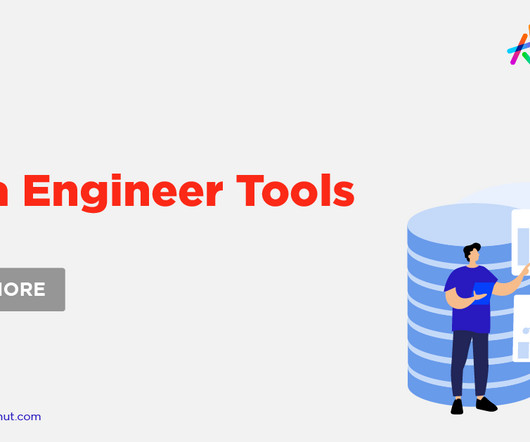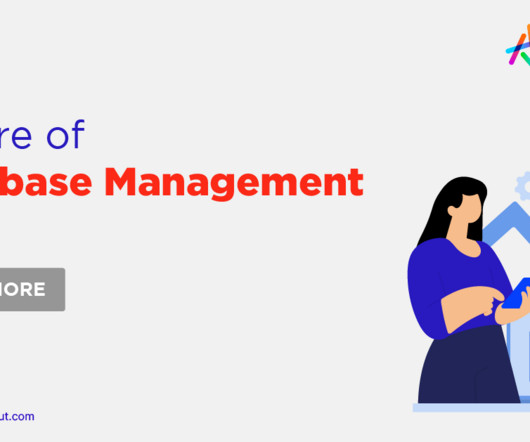15+ Best Data Engineering Tools to Explore in 2023
Knowledge Hut
APRIL 25, 2023
Strong programming skills: Data engineers should have a good grasp of programming languages like Python, Java, or Scala, which are commonly used in data engineering. Database management: Data engineers should be proficient in storing and managing data and working with different databases, including relational and NoSQL databases.












Let's personalize your content